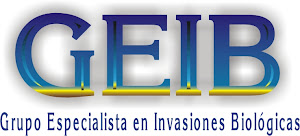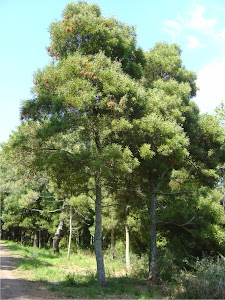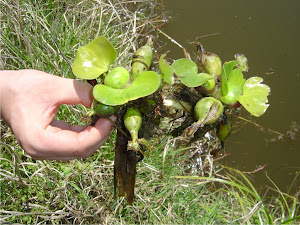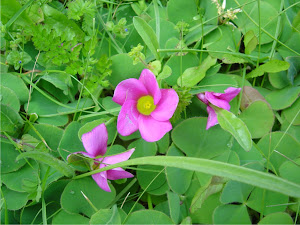 Original title: TOP 20 - Las 20 especies exóticas invasoras más dañinas presentes en España.
Original title: TOP 20 - Las 20 especies exóticas invasoras más dañinas presentes en España.The TOP 20. The 20 worst invasive alien species present in Spain
Publication of free circulation: 115 pp.- 148 x 210 mm. Full colour, printed in recycled paper. Language: Spanish.
Funded by the Fundació Territori i Paisatge de Caixa Catalunya.
Click here for downloading (PDF)
The TOP 20. The 20 worst invasive alien species present in Spain
From the ecological perspective, native biodiversity is affected by increasing threats coming not from human activities only, but also from the overwhelming number of intentionally or unintentionally introduced alien species. Consumers habits together with the increase of global trade, transport and tourism, are contributing to increase an ecologic and economic threat of great magnitude. Fighting biological invasions is a must. It is not just an environmental issue; it’s a matter of development. Fighting IAS could not be an exclusive prerogative of governments, administrations or trade negotiators. The solution requires the understanding and participation of consumers who can influence the global market through their choices. In this framework The TOP 20. The 20 worst invasive alien species present in Spain, funded by the Fundació Territori i Paisatge of Caixa Catalunya pretends to be a contribution to improve the public understanding and knowledge on biological invasions, one of the worst problem of our time for the conservation of the biological diversity.
Aknowledgements
We wholeheartedly thank Teia Puigvert i Picart, Xavi Buqueras Carbonell, Rogelio Atance Vicente, Benito Fuertes Marcos, Virginia Carracedo Martín, Jose Esteban Durán, ZOEA, Confederación Hidrográfica del Ebro (Área de Calidad), Carlos Sanz, Faunalia, Stephan Gollasch, Steve Raaymakers, Forest & Kim Starr (USGS), G. Procaccini and the Photo Library of the Benthos Ecology Lab. of the "A. Dohrn" Zoological Station of Naples, Gil Wojciech of the Polish Forest Research Institute, www.forestryimages.org, and the Picture Library of the Spanish Ministry of Education and Science for giving us the permission to use their photos for the present publication.
The present publication has been made possible thanks to the work of those people who are dedicated to the study of biological invasions. The TOP 20 pretends to summarize their researches and related publications are quoted at the end of the book. References are not integrated in the text to make the text more readable and because of the informative essence of the book targeted to the general public (not scientists). We apologize if some authors felt offended because of their references are not included in the species fact-sheets.
We would like to thank the Fundació Territori i Paisatge de Caixa Catalunya for the funds they provided to the whole project and to the present publication.
The TOP 20 has been selected by RED LIFE readers as on of “The best 10 ideas to save the environment”.













No comments:
Post a Comment